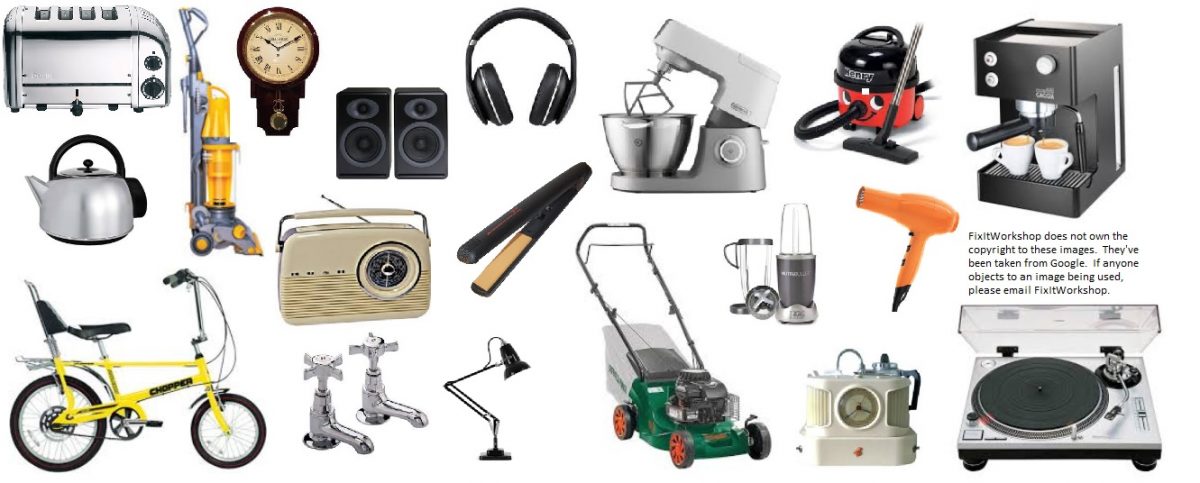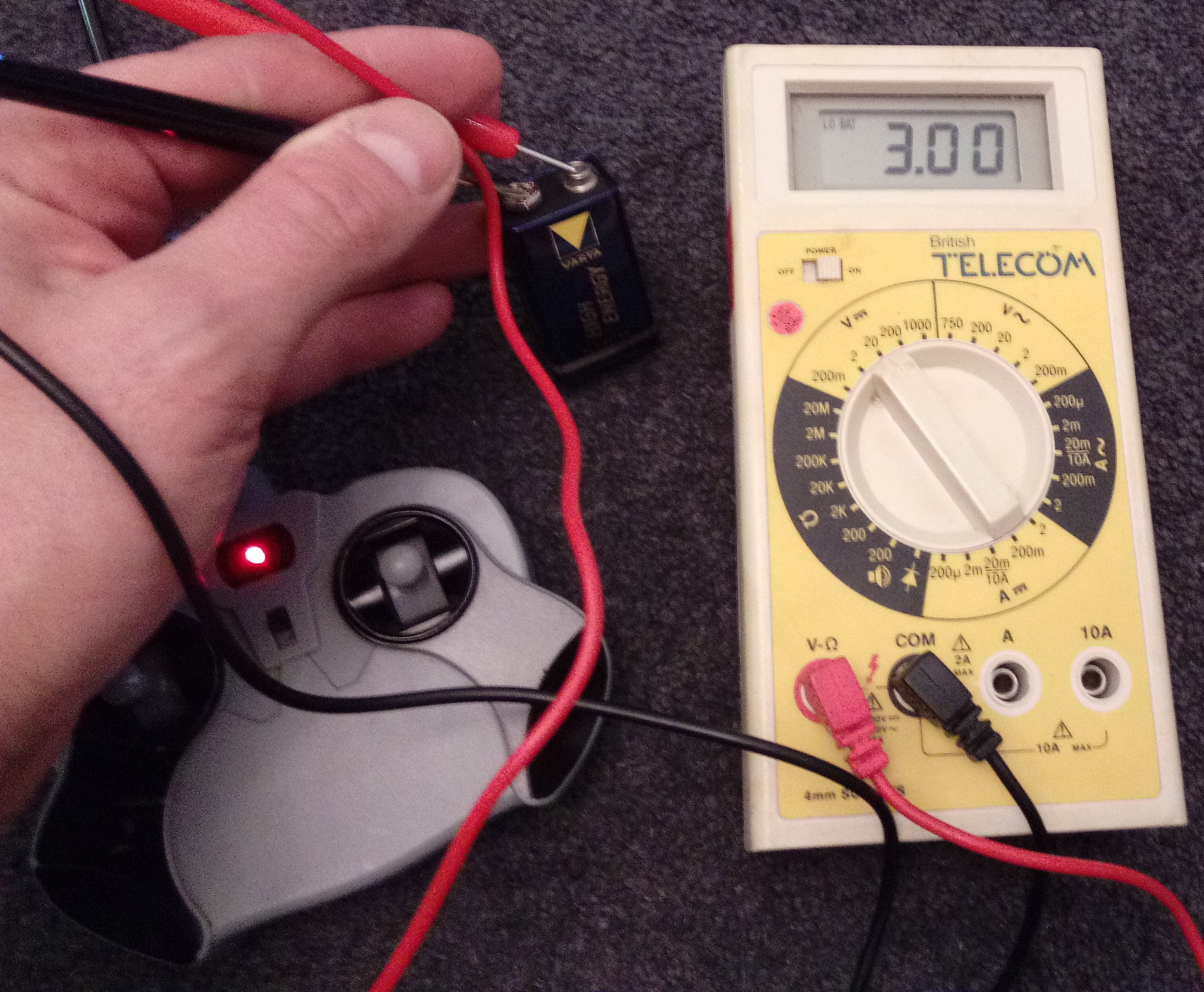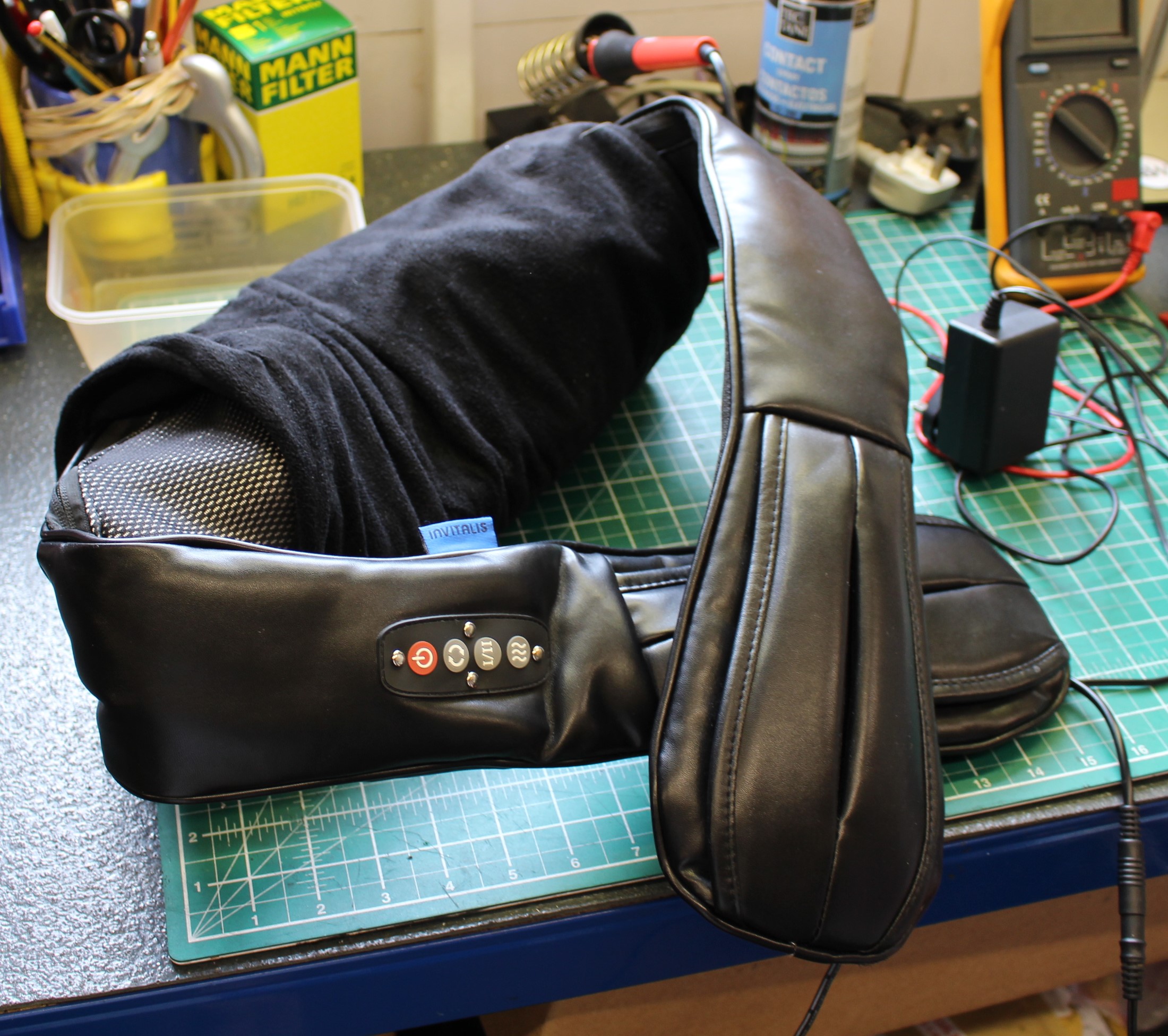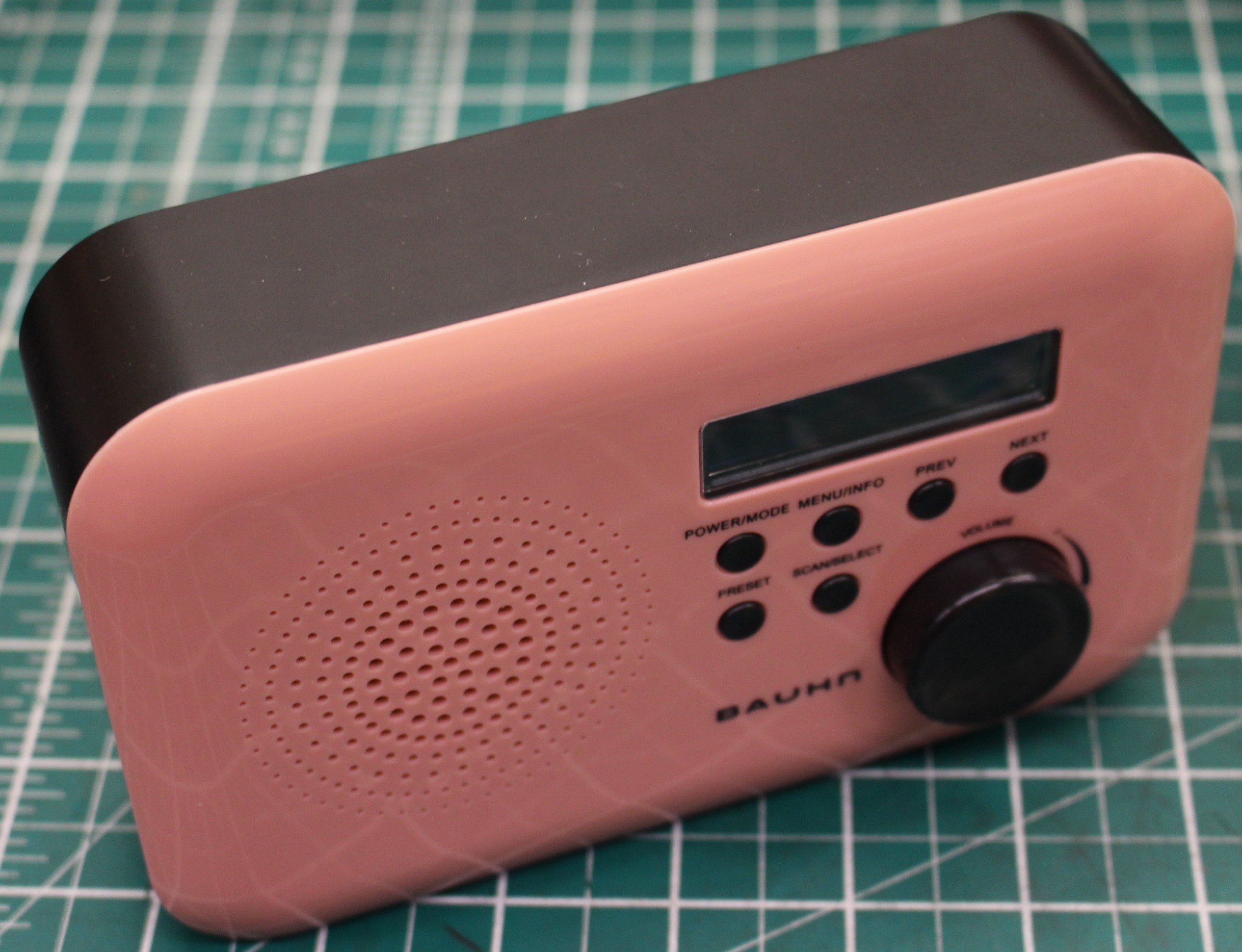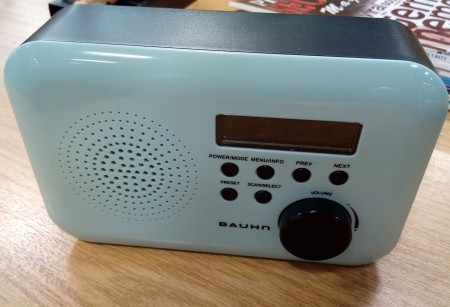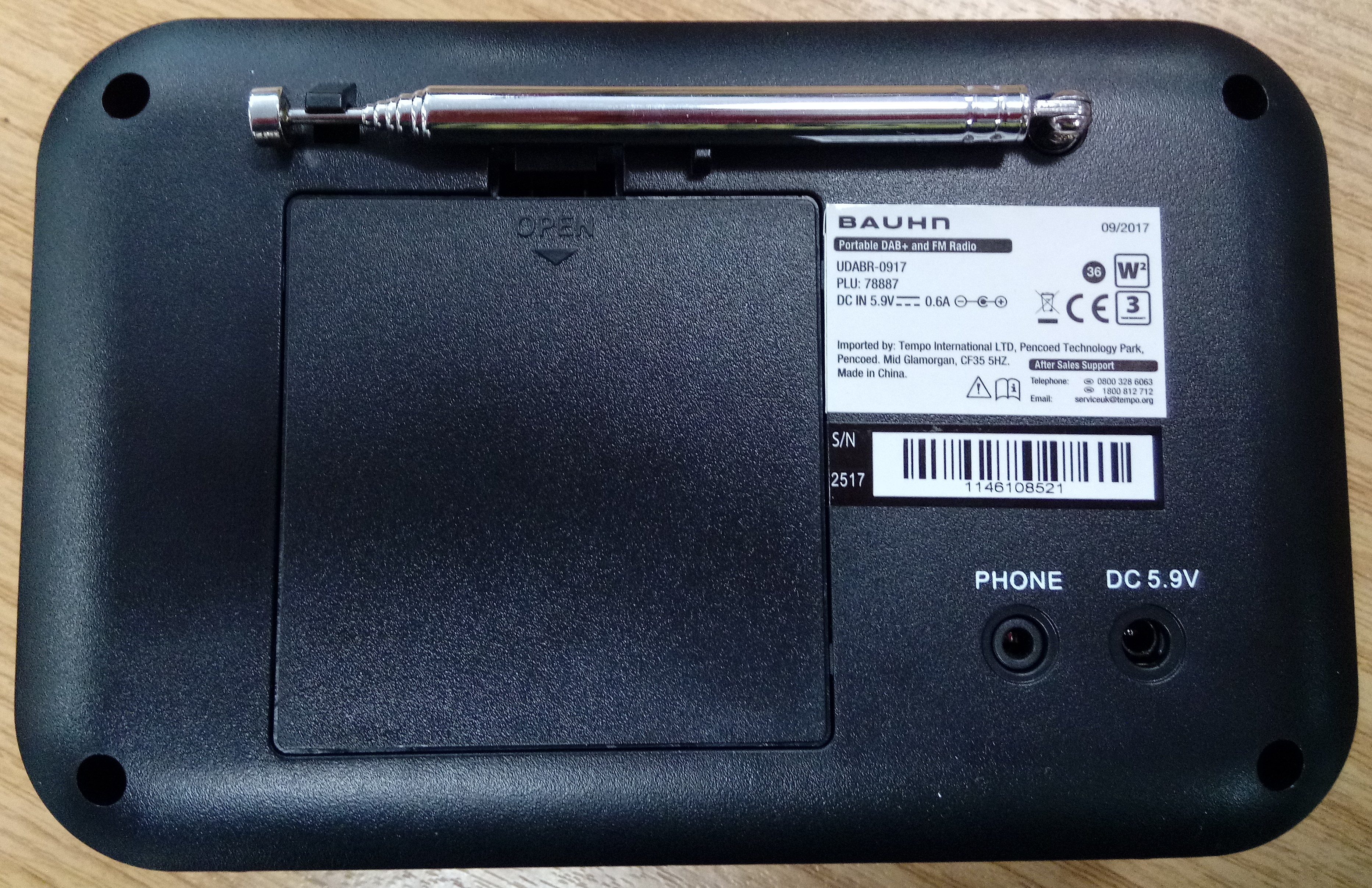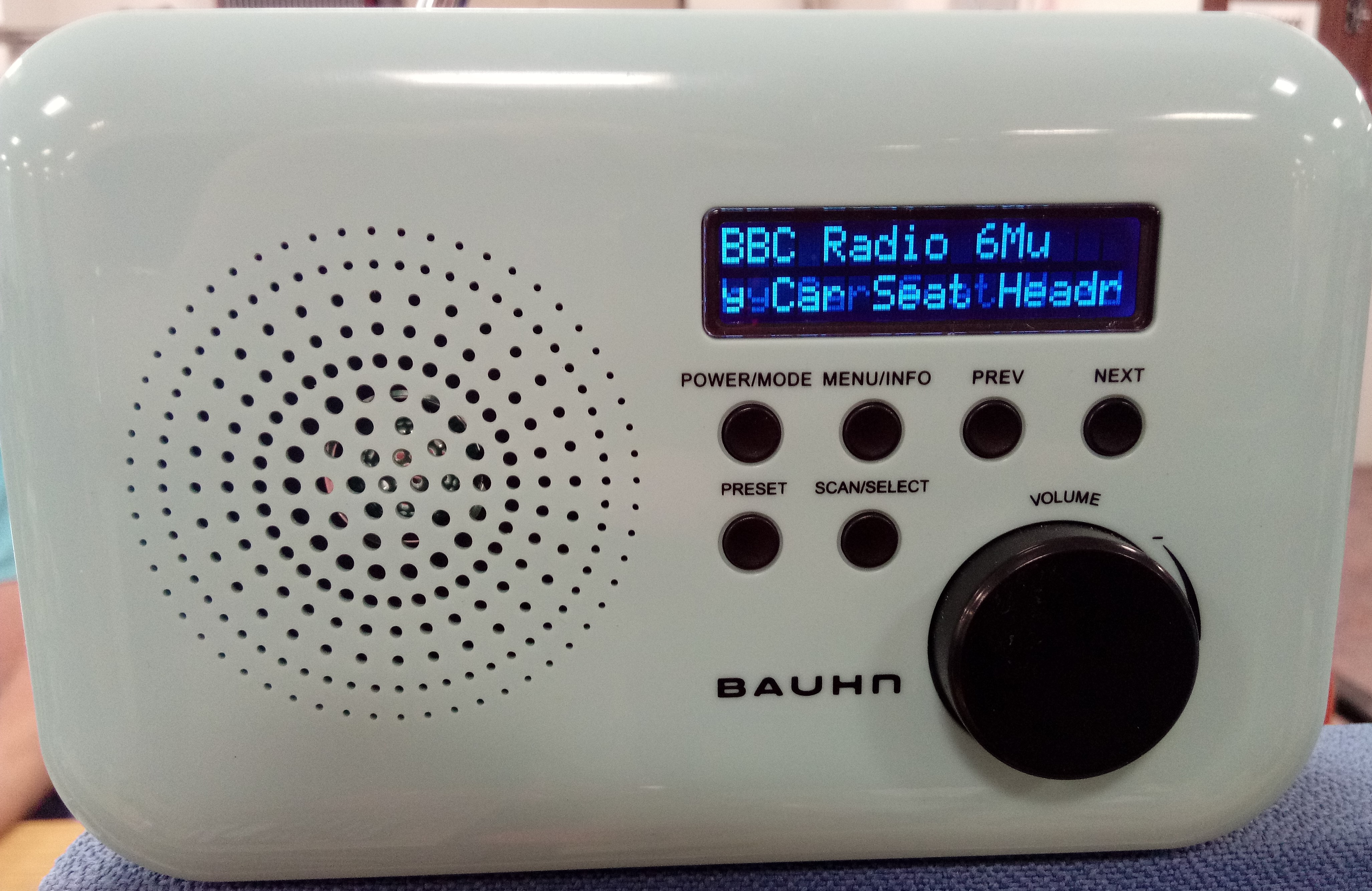Do you know a brand snob? I bet you do. Maybe you are one yourself. Who knows, but let me tell you this; manufacturers and retailers have got you and me wrapped around their little fingers. Of course, this is nothing new, and badge engineering has been going on, well, forever. We tend to think of brand engineering as a relatively new phenomenon, linked to our fast-paced consumer led lives, but it’s just not the case. Indeed, preserved street food shop branding was found on previously submerged buildings in Pompeii, during a dig in 2020, having been previously covered by a volcanic eruption in 79AD. I mean, what have the Romans ever done for us‽

Nowadays, a brand’s application, values, promotion and maybe even worship is a very sophisticated affair…see Apple’s iPhone! Allow me to explain. I might even make the odd reference to sustainability, repair and the forthcoming Jubilee, an odd combo I think you’ll agree.
Am I worth it?
A slight twist on a well recognised slogan there, but with a serious point. The well know French manufacturer of hair and skin care products that rhymes with ‘low-heal’ (sort of) sells high quality, well-engineered products at a premium price on the promise that said product will deliver benefits way above anyone else’s say, shampoo. And you can afford it, because ‘you’re worth it’, quite possibly the best marketing slogan of all time, in my humble opinion! However, they’ve been taken to task around the world by various agencies for making over ambitious claims about their products, which are potentially misleading.
It’s something we need to think about when seeing adverts featuring famous film stars, endorsing the latest eyelash enhancing widget that they claim we all need in our lives. They don’t do it for the love and it must be said that one can have the same beautiful shining locks using a bottle of shampoo from Lidl.
Hang on Matt, what’s any of this got to do with repair or sustainability, anyway. Good point. I must get back on track. But first…
Hands up; how many of you have bought a product on brand reputation alone?
I have, and I’m sure you have too, but have those purchases always lived up to the promises made on the packaging and propaganda that influenced our choices? Sometimes. Here’s the thing though, many items such as toasters, kettles, TVs, lawnmowers, clocks, laptops, cookers, washing machines and irons (I could go on) are either similar or identical inside. The makers’ mark, colour and name of the product may change on the outside, but the insides can be the same.
How do I know this? Well, I must have opened up 1000s of products like this during repairs over the years, and have got to understand who really makes what. It’s really nothing new and manufacturers have been doing it, since er, Roman times. Always in the interests of good value, I want to make sure I and others are not paying too much, if one must buy something new.

But how can you tell if two seemingly different toasters are basically the same without taking them apart, one at say £99, the other at £39? It’s very tricky. By having your wits about you and an interest in detail, can save you cash. Pay attention to the position of the knobs, switches and dials and have a good look at the toasting slots especially. If they look more than similar, chances are they were at least made in the same factory. At the end of the production line, one had an expensive badge applied, the other had the cheaper relative. If the expensive one comes with a longer warranty, then it may be worth it, if it doesn’t well, that’s for you to decide.

In other news, it’s the Queen’s Jubilee this year, and in case you didn’t know HRH is a big fan of the Land Rover, well, the Defender anyway. As a lifelong devotee to one of most reverered motors of all time, maybe The Queen will be celebrating her time on the throne with a little bit of repair and maintenance by doing the odd oil change and tappet adjustment on her trustee motor. Incidentally, the Land Rover marque is much admired and carries much kudos, so much so that manufacturers literally copy Land Rover vehicles in China, where intellectual property rights may not carry as much weight, in order to sell their cars. And that’s just another example of a brand’s power on the mind.
If you’ve read my articles before, then you’ll know that I’m a fan of good quality, simpler and supported repairable products. In general, it means that one doesn’t have to keep replacing things like toasters every couple of years – wasting energy and materials. However, in the interests of balance, some branded things are usually higher quality and perform better than the wannabes. Take a set of high-quality Bowers & Wilkins speakers or a Brompton folding bicycle*, both good examples of, repairable items made to last a lifetime. They may seem expensive in the first place, but will give many years’ service, perform well and still hold their value, when you come to sell them on. Something to think about the next time you need to splash out.
*Not a brand endorsement, just an example.
As always, until the next time. Matt.

